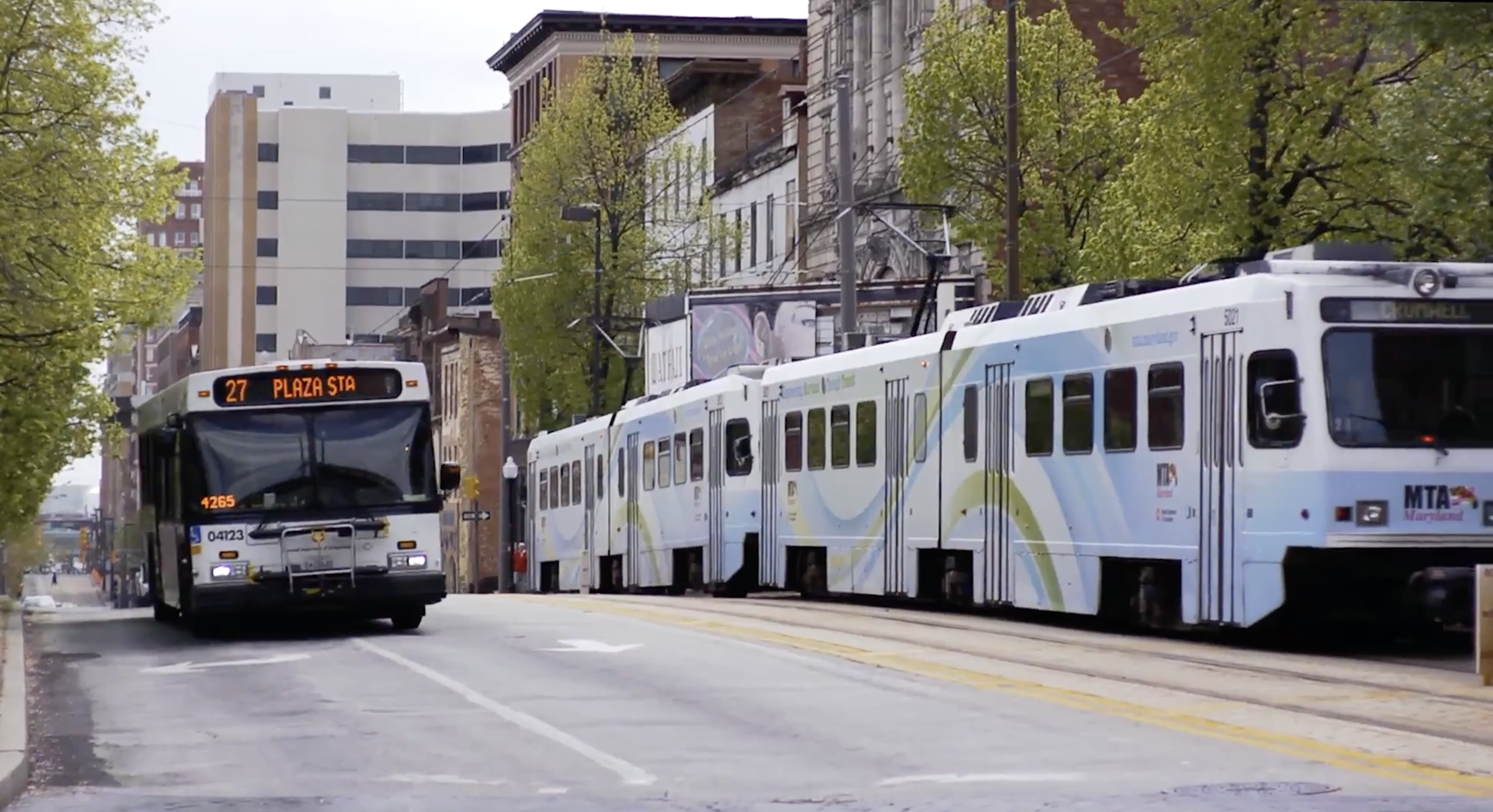Oakland Slow Streets will close 74 miles of streets--10% of the city street network--to through traffic to promote social distancing.
Berlin, Bogotá, Brookline, Burlington, Calgary, Charleston, Cleveland, Dallas, Denver, Duluth, Edmonton, London, Louisville, Maumee, Minneapolis, Montgomery County, Montreal, New York City, Oakland, Ottawa, Philadelphia, Portland, Saint Paul, San Francisco, St. Louis, Stuttgart, Vancouver, Victoria, Vienna, Washington, DC.
These are just some examples of cities actively closing streets in parks or adding space on streets for people walking and biking to promote safe physical distancing.
Baltimore has come together in many amazing ways in the COVID-19 response. Inter-agency collaboration to get meals to residents is just one success. We need that same level of collaboration and vision from the mayor’s office on transportation. The mayor’s office should instruct Baltimore City Department of Transportation to coordinate with other agencies on a plan that reorganizes street space.
We live in an old city with narrow sidewalks, park paths, and other structural issues that make physical distancing as a pedestrian or bicyclist difficult. Physical distancing must be taken seriously, and the city must take steps to add space for pedestrians and bicyclists in our parks and on our roads to keep residents safe.
30% of our city lacks access to a car. In our formerly red-lined communities, lack of access to a car can be over 70%. 39% of our transit riders are essential workers, folks who must go to work during the pandemic and are walking to and from their transit stops every day. The number one origin and destination for scooter trips right now is Johns Hopkins Hospital. And, our parks are filled to the brim with people just trying to get out of the house for healthy exercise.
Based on these statistics, the plan should prioritize pedestrian and bike routes to job hubs and recreation, utilize the Baltimore Complete Streets equity assessment for route selection, and include input from hospitals, unions, and other essential employers as well as organizations distributing food and other essential goods. And, we must pay careful attention to what enforcement looks like, as no street closure should involve policing.
The National Association of City Transportation Officials agrees. They have released a COVID-19 Rapid Response Toolkit for cities, detailing actions in the transportation sector that should be taken right now to help prevent the spread of disease.
The NACTO recommendations call for pop-up bike lanes, conversion of signals so pedestrians don’t need to push buttons, adjusting signal timing to slow cars, and most importantly, closing or limiting through traffic on select streets for physical distancing.
We hope to see the mayor’s office instruct the Department of Transportation to coordinate with other agencies to implement NACTO’s Rapid Response Toolkit. The life safety of Baltimore City’s residents—a population particularly vulnerable to COVID-19 due to high rates of asthma, obesity, and other underlying health conditions from lack of access to exercise and poor air quality—is depending on their swift action.







